Dongtang Ma
Theoretical Analysis of Deep Neural Networks in Physical Layer Communication
Feb 21, 2022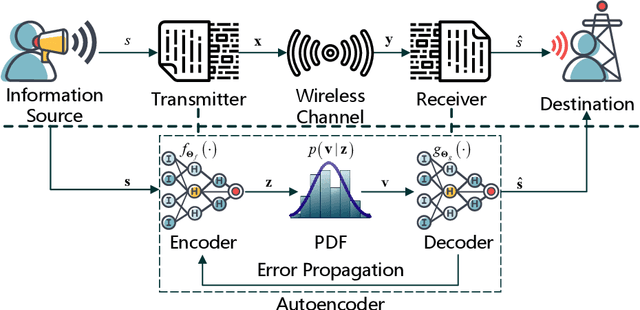


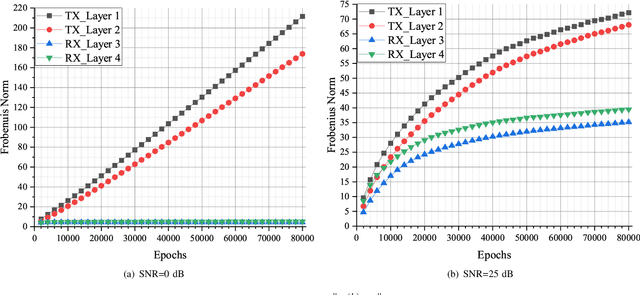
Abstract:Recently, deep neural network (DNN)-based physical layer communication techniques have attracted considerable interest. Although their potential to enhance communication systems and superb performance have been validated by simulation experiments, little attention has been paid to the theoretical analysis. Specifically, most studies in the physical layer have tended to focus on the application of DNN models to wireless communication problems but not to theoretically understand how does a DNN work in a communication system. In this paper, we aim to quantitatively analyze why DNNs can achieve comparable performance in the physical layer comparing with traditional techniques, and also drive their cost in terms of computational complexity. To achieve this goal, we first analyze the encoding performance of a DNN-based transmitter and compare it to a traditional one. And then, we theoretically analyze the performance of DNN-based estimator and compare it with traditional estimators. Third, we investigate and validate how information is flown in a DNN-based communication system under the information theoretic concepts. Our analysis develops a concise way to open the "black box" of DNNs in physical layer communication, which can be applied to support the design of DNN-based intelligent communication techniques and help to provide explainable performance assessment.
Opening the Black Box of Deep Neural Networks in Physical Layer Communication
Jun 06, 2021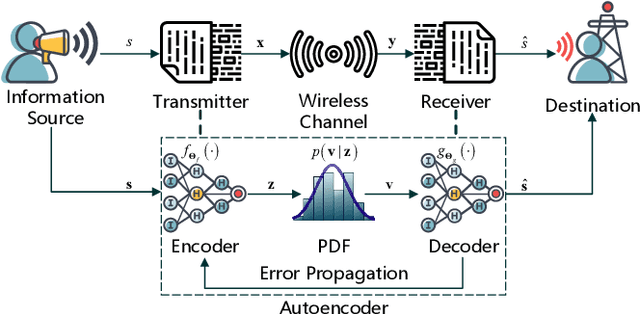
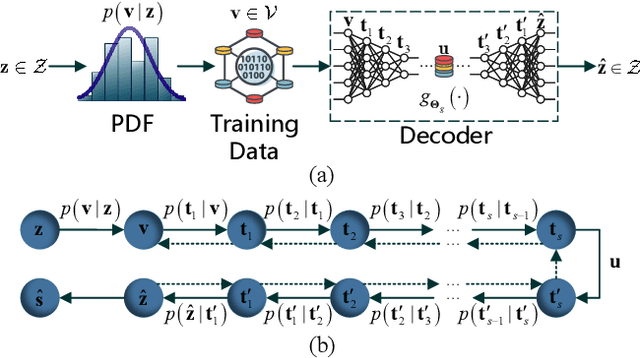

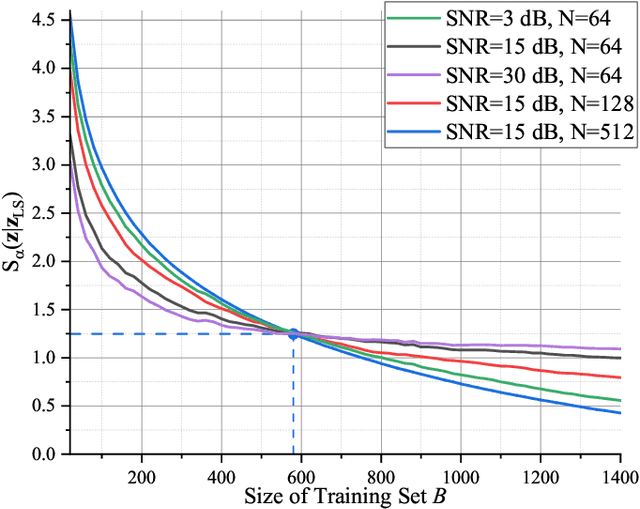
Abstract:Deep Neural Network (DNN)-based physical layer techniques are attracting considerable interest due to their potential to enhance communication systems. However, most studies in the physical layer have tended to focus on the application of DNN models to wireless communication problems but not to theoretically understand how does a DNN work in a communication system. In this letter, we aim to quantitatively analyse why DNNs can achieve comparable performance in the physical layer comparing with traditional techniques and their cost in terms of computational complexity. We further investigate and also experimentally validate how information is flown in a DNN-based communication system under the information theoretic concepts.
Fine Timing and Frequency Synchronization for MIMO-OFDM: An Extreme Learning Approach
Jul 17, 2020
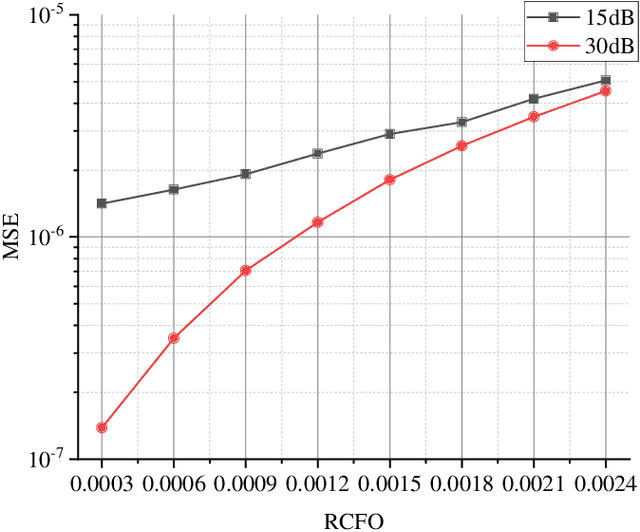
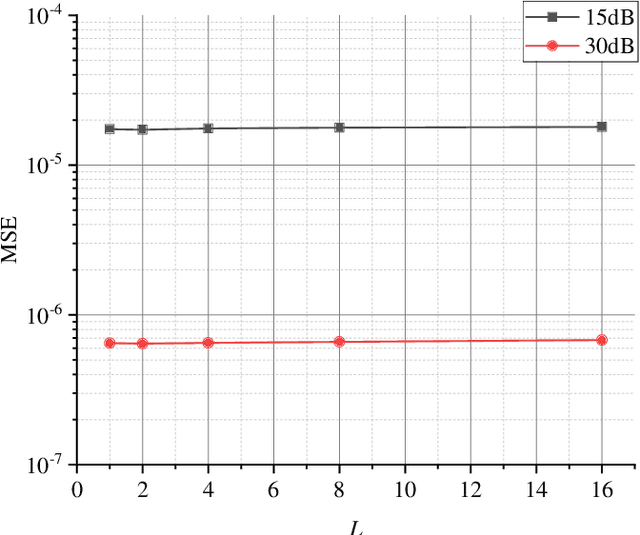
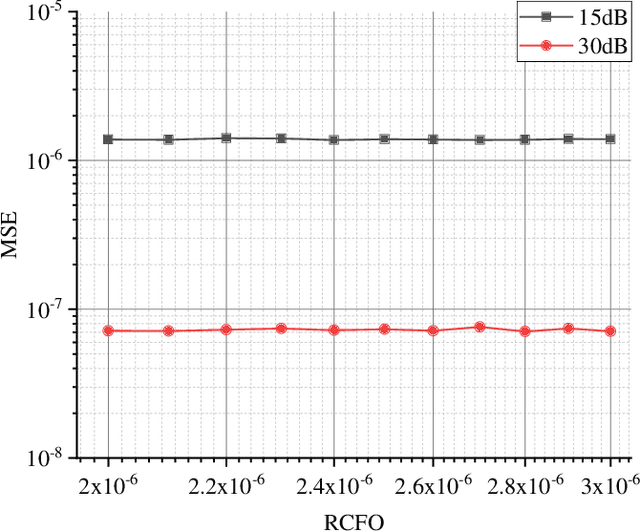
Abstract:Multiple-input multiple-output orthogonal frequency-division multiplexing (MIMO-OFDM) is a key technology component in the evolution towards next-generation communication in which the accuracy of timing and frequency synchronization significantly impacts the overall system performance. In this paper, we propose a novel scheme leveraging extreme learning machine (ELM) to achieve high-precision timing and frequency synchronization. Specifically, two ELMs are incorporated into a traditional MIMO-OFDM system to estimate both the residual symbol timing offset (RSTO) and the residual carrier frequency offset (RCFO). The simulation results show that the performance of an ELM-based synchronization scheme is superior to the traditional method under both additive white Gaussian noise (AWGN) and frequency selective fading channels. Finally, the proposed method is robust in terms of choice of channel parameters (e.g., number of paths) and also in terms of "generalization ability" from a machine learning standpoint.
Deep Neural Network Aided Scenario Identification in Wireless Multi-path Fading Channels
Nov 23, 2018



Abstract:This letter illustrates our preliminary works in deep nerual network (DNN) for wireless communication scenario identification in wireless multi-path fading channels. In this letter, six kinds of channel scenarios referring to COST 207 channel model have been performed. 100% identification accuracy has been observed given signal-to-noise (SNR) over 20dB whereas a 88.4% average accuracy has been obtained where SNR ranged from 0dB to 40dB. The proposed method has tested under fast time-varying conditions, which were similar with real world wireless multi-path fading channels, enabling it to work feasibly in practical scenario identification.
 Add to Chrome
Add to Chrome Add to Firefox
Add to Firefox Add to Edge
Add to Edge